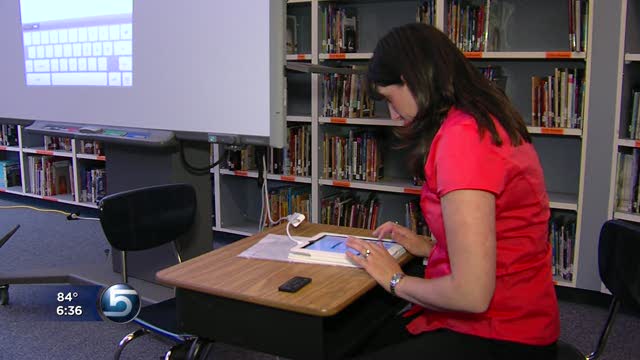Estimated read time: 2-3 minutes
This archived news story is available only for your personal, non-commercial use. Information in the story may be outdated or superseded by additional information. Reading or replaying the story in its archived form does not constitute a republication of the story.
SALT LAKE CITY — Roosevelt Elementary, home of the tigers and home of new technology that has the potential to overhaul testing in Utah.
Why is that such a big deal? Right now all over the state, students and teachers are preparing for year-end tests. What if you could save teachers countless hours and better get students the help they need?
It doesn't look like your average test. No bubble sheets, or #2 pencils.
"It's so easy. It makes testing not this mundane thing that you dread," said teacher Heather Musser.
Several factors set the new testing system apart from the old. It's electronic and the teacher records the test right on an iPad. Teachers and administrators receive real-time, instant results. In addition, specialized demographic information show what other factors may influence a student's reading level.
This faster process gives teachers more time for teaching instead of testing. Though the actual testing time is the same for both, it's in the grading process where time starts ticking away.
"We would have to time them for their reading, add their scores up, then put the information on the front cover, then you would have to take this and go to your computer and transfer it to your desktop computer for 28 kids in your class," Musser said.
The testing program is more expensive, but according to State Superintendent Larry Shumway, what a teacher saves in time makes up for it.
"By reducing the amount of time on assessment and data management and now making that time available for instruction, it's a trade-off. I think the value of that instruction outweighs any of the cost," Shumway said.
It's not just the teachers who are fans. Students like the new and improved process too.
"They love it. They think it's the best thing since sliced bread," Musser said.
"So many things depend on a child learning to read. There is no greater investment, no more important investment that we make than this one," Shumway said.
There's a long way to go before this new program is in every school, but education leaders say it's an exciting start as they make reading a priority in elementary schools.








